Description
Abstract
This paper investigates the analysis and design of a vibration-based energy harvester for rotary motion applications. The energy harvester consists of a cantilever beam with a tip mass and a piezoelectric ceramic attached along the beam that is mounted on a rotating shaft. Using this system, mechanical vibration energy is induced in the flexible beam due to the gravitational force applied to the tip mass while the hub is rotating. The piezoelectric transducer is used to convert the induced mechanical vibration energy into electricity. The equations of motion of the flexible structure are utilized along with the physical characteristics of the piezoelectric transducer to derive expressions for the electrical power. Furthermore, expressions for the optimum load resistance and maximum output power are obtained and validated experimentally using PVDF and PZT transducers. The results indicate that a maximum power can be extracted by using a PZT transducer .This amount of power is sufficient to provide power for typical wireless sensors such as accelerometers and strain gauges.
Nowadays energy is one of the most important issues around the world. Especially in Bangladesh energy crisis is a big problem. Renewable energy sources can be a great media to solve this energy crisis problem in Bangladesh. As we know natural resources will finish one day. That’s why researchers are trying to introduce substitute energy sources from nature. That must be green and not harmful for the environment. Energy harvesting is defined as capturing minute amounts of energy from one or more of the surrounding energy sources. Human beings have already started to use energy harvesting technology in the form of windmill, geothermal and solar energy. The energy came from natural sources, termed as renewable energy. Renewable energy harvesting plants generate kW or MW level power; it is called macro energy harvesting technology. Moreover, micro energy also can produce from those natural sources that are called micro energy harvesting. Micro energy harvesting technology is based on mechanical vibration, mechanical stress and strain, thermal energy from furnace, heaters and friction sources, sun light or room light, human body, chemical or biological sources, which can generate mW or μW level power. Micro power supply needs is increasing greatly with time as our technology is moving to the micro and nano fabrication levels. Our discussion on this is based on generating micro energy from vibration and pressure using piezoelectric material.
The aim of this paper is to evaluate and compare the experimental results and the results provided by a theoretical model of a full-wave diode bridge attached directly to the electromechanical cantilever beam with base excitation to cause transverse vibrations. A very simple and comprehensive description for choosing the capacitance and resistance loads is provided seeking practical application.
All numerical tests and results are described and detailed by using the Matlab and the SimPower System toolbox of the Simulink. The experimental setup is driven through the use of a DSpace 1104 data acquisition with Control Desk. In order to show some features, it is provided a number of simulations to illustrate the approaches. At the end, the final remark presents suggestions for further research.
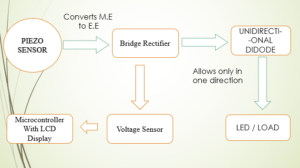
Included:
- Piezoelectric grid 5*4 piezos
- LCD Display
- LED Circuit
- Bridge Rectifier circuit
- Lead Acid Battery 6v

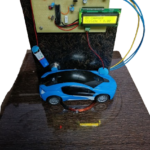
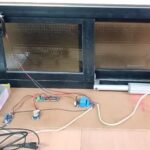
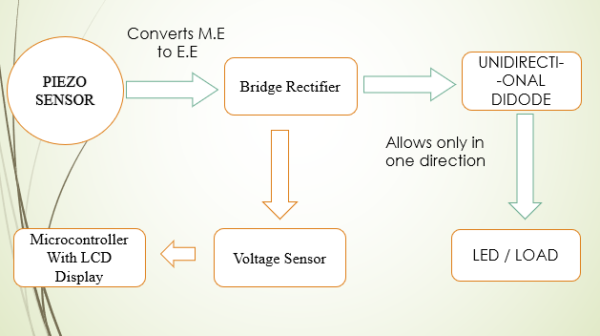
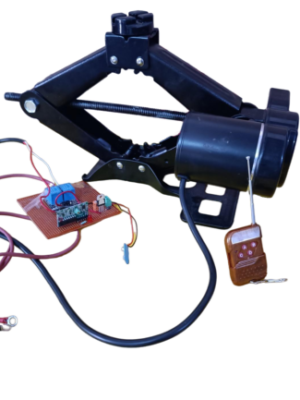


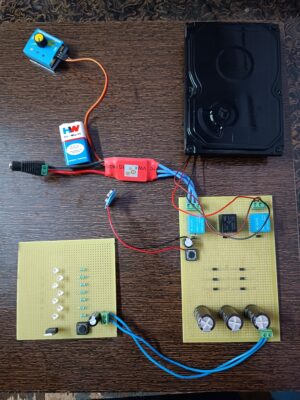







Reviews
There are no reviews yet.